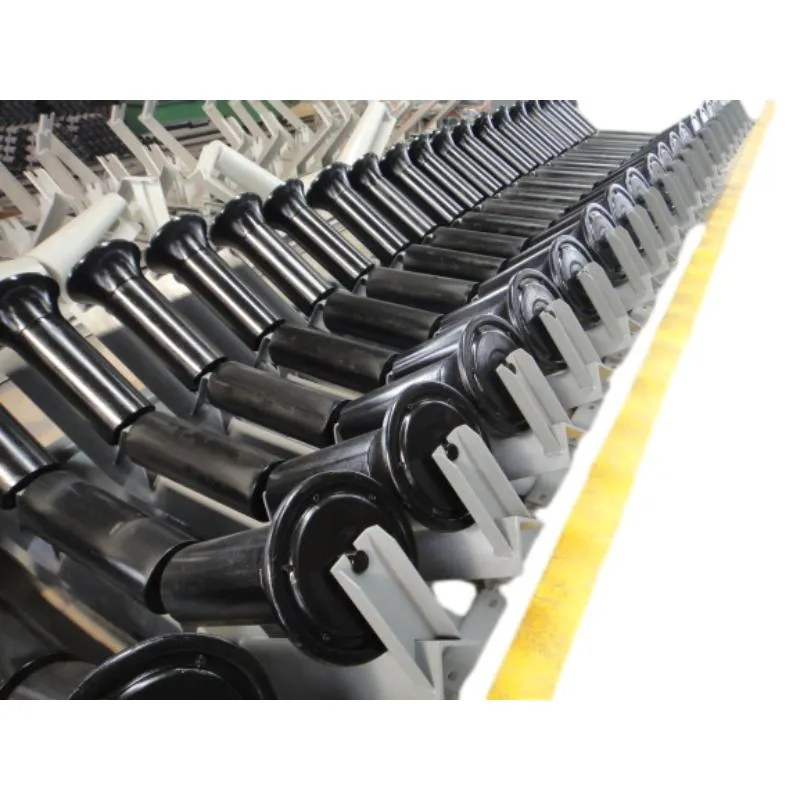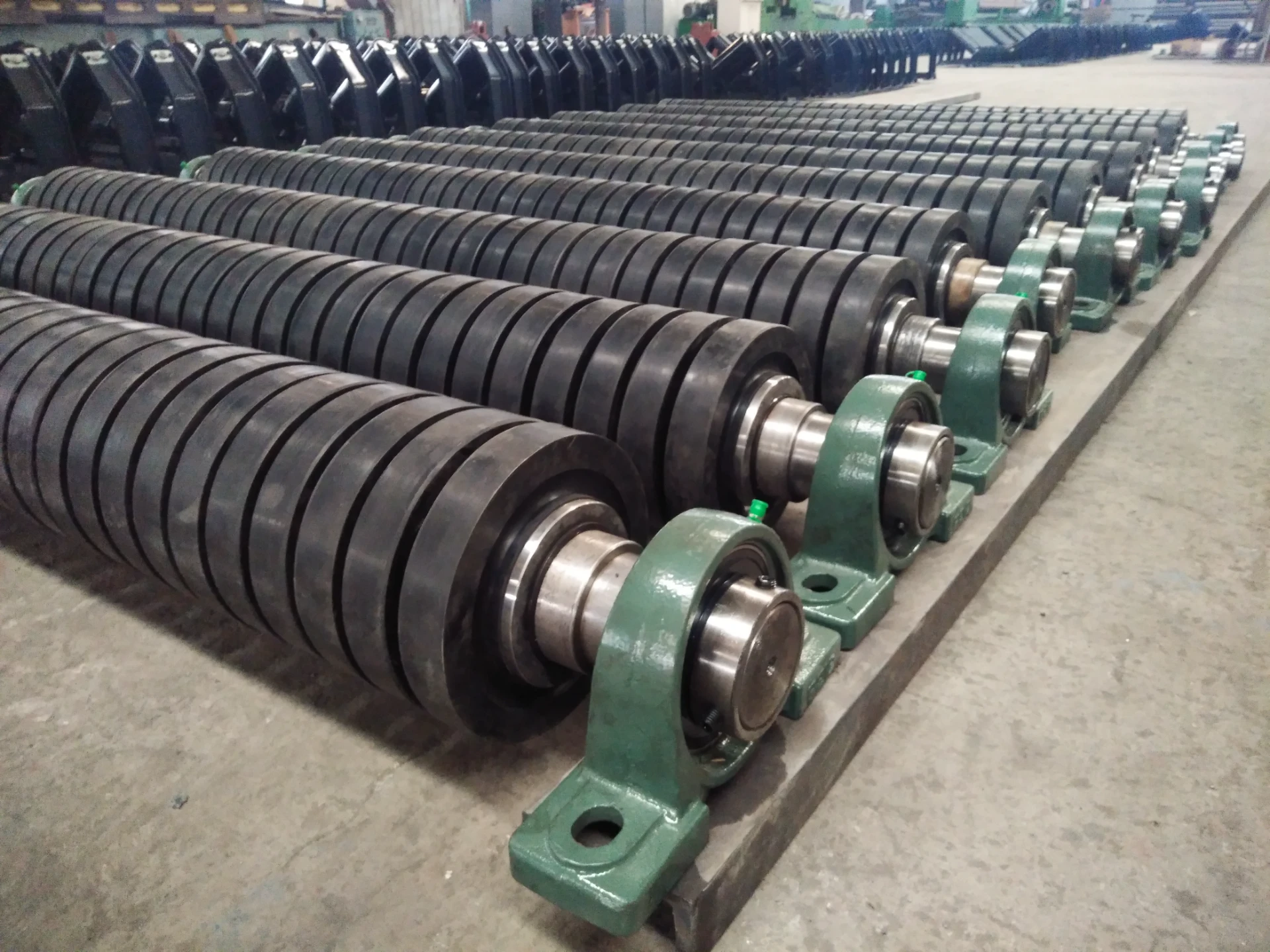 Afrikaans
Afrikaans  Albanian
Albanian  Amharic
Amharic  Arabic
Arabic  Armenian
Armenian  Azerbaijani
Azerbaijani  Basque
Basque  Belarusian
Belarusian  Bengali
Bengali  Bosnian
Bosnian  Bulgarian
Bulgarian  Catalan
Catalan  Cebuano
Cebuano  Corsican
Corsican  Croatian
Croatian  Czech
Czech  Danish
Danish  Dutch
Dutch  English
English  Esperanto
Esperanto  Estonian
Estonian  Finnish
Finnish  French
French  Frisian
Frisian  Galician
Galician  Georgian
Georgian  German
German  Greek
Greek  Gujarati
Gujarati  Haitian Creole
Haitian Creole  hausa
hausa  hawaiian
hawaiian  Hebrew
Hebrew  Hindi
Hindi  Miao
Miao  Hungarian
Hungarian  Icelandic
Icelandic  igbo
igbo  Indonesian
Indonesian  irish
irish  Italian
Italian  Japanese
Japanese  Javanese
Javanese  Kannada
Kannada  kazakh
kazakh  Khmer
Khmer  Rwandese
Rwandese  Korean
Korean  Kurdish
Kurdish  Kyrgyz
Kyrgyz  Lao
Lao  Latin
Latin  Latvian
Latvian  Lithuanian
Lithuanian  Luxembourgish
Luxembourgish  Macedonian
Macedonian  Malgashi
Malgashi  Malay
Malay  Malayalam
Malayalam  Maltese
Maltese  Maori
Maori  Marathi
Marathi  Mongolian
Mongolian  Myanmar
Myanmar  Nepali
Nepali  Norwegian
Norwegian  Norwegian
Norwegian  Occitan
Occitan  Pashto
Pashto  Persian
Persian  Polish
Polish  Portuguese
Portuguese  Punjabi
Punjabi  Romanian
Romanian  Russian
Russian  Samoan
Samoan  Scottish Gaelic
Scottish Gaelic  Serbian
Serbian  Sesotho
Sesotho  Shona
Shona  Sindhi
Sindhi  Sinhala
Sinhala  Slovak
Slovak  Slovenian
Slovenian  Somali
Somali  Spanish
Spanish  Sundanese
Sundanese  Swahili
Swahili  Swedish
Swedish  Tagalog
Tagalog  Tajik
Tajik  Tamil
Tamil  Tatar
Tatar  Telugu
Telugu  Thai
Thai  Turkish
Turkish  Turkmen
Turkmen  Ukrainian
Ukrainian  Urdu
Urdu  Uighur
Uighur  Uzbek
Uzbek  Vietnamese
Vietnamese  Welsh
Welsh  Bantu
Bantu  Yiddish
Yiddish  Yoruba
Yoruba  Zulu
Zulu Premium Conveyor Troughing Idlers for Enhanced Belt Efficiency & Durability
- Understanding the Role of Conveyor Troughing Idlers in Material Handling
- Technical Advantages of Modern Troughing Idler Designs
- Performance Comparison: Leading Troughing Idlers Manufacturers
- Custom Solutions for Industry-Specific Conveyor Requirements
- Case Study: Optimizing Belt Conveyor Efficiency with Troughing Idlers
- Key Metrics for Selecting High-Performance Troughing Idlers
- Future Trends in Conveyor Troughing Idlers Technology

(conveyor troughing idlers)
Understanding the Role of Conveyor Troughing Idlers in Material Handling
Conveyor troughing idlers are critical components in belt conveyor systems, enabling efficient bulk material transport across industries like mining, agriculture, and logistics. These idlers shape the conveyor belt into a trough, increasing load capacity by up to 30% compared to flat configurations. Advanced polymer rollers reduce rotational resistance by 15–20%, directly lowering energy consumption.
Technical Advantages of Modern Troughing Idler Designs
Contemporary troughing idlers leverage precision-engineered steel frames and impact-resistant rubber seals to achieve 60,000+ hours of operational lifespan. Key innovations include:
- Dynamic balancing for vibration reduction below 2.5 mm/s
- Corrosion-resistant coatings surviving 1,000-hour salt spray tests
- Interlocking roller designs maintaining trough angles within ±0.5° tolerance
Performance Comparison: Leading Troughing Idlers Manufacturers
| Manufacturer | Max Load (kg) | Rotational Resistance (N) | MTBF (hours) | Price Index |
|---|---|---|---|---|
| Industry Standard | 2,500 | 180–220 | 45,000 | 100 |
| Premium Brand A | 3,200 | 140–160 | 68,000 | 135 |
| Value Leader B | 2,800 | 160–190 | 55,000 | 115 |
Custom Solutions for Industry-Specific Conveyor Requirements
Specialized troughing idlers adapt to unique operational demands:
- Mining: Hexagonal roller arrays withstand impact forces exceeding 8 kJ
- Food Processing: FDA-compliant stainless steel construction
- High-Speed: Aerodynamic shrouds for belts moving at 6 m/s+
Case Study: Optimizing Belt Conveyor Efficiency with Troughing Idlers
A copper mine achieved 22% energy reduction after upgrading to tapered roller troughing idlers. Key results over 18 months:
- Belt mistracking incidents decreased by 74%
- Maintenance intervals extended from 3 to 7 months
- Return on investment: 11 months
Key Metrics for Selecting High-Performance Troughing Idlers
Critical evaluation parameters include:
- Radial runout < 0.3 mm
- IP67-rated bearing protection
- Minimum yield strength of 350 MPa
Future Trends in Conveyor Troughing Idlers Technology
Smart troughing idlers with embedded IoT sensors now monitor real-time parameters like temperature (±1°C accuracy) and vibration patterns. Predictive maintenance algorithms reduce unplanned downtime by 40%, while graphene-enhanced composites promise 50% weight reduction without compromising load capacity.

(conveyor troughing idlers)
FAQS on conveyor troughing idlers
Q: What are conveyor troughing idlers used for in belt conveyor systems?
A: Conveyor troughing idlers support and shape the conveyor belt into a trough, enabling efficient material transport. They reduce spillage and ensure proper belt alignment. These idlers are critical for maintaining belt stability in bulk-handling applications.
Q: How do belt conveyor troughing idlers improve material handling efficiency?
A: Belt conveyor troughing idlers increase load capacity by creating a trough shape, minimizing material spillage. They reduce friction and wear on the belt, extending its lifespan. Properly spaced idlers ensure smooth operation and energy efficiency.
Q: What factors should I consider when selecting a troughing idlers manufacturer?
A: Prioritize manufacturers with proven expertise in conveyor systems and compliance with industry standards. Check for customization options, material quality, and after-sales support. Reviews and case studies can help assess reliability and performance.
Q: How often should conveyor troughing idlers be inspected or replaced?
A: Inspect troughing idlers every 3-6 months for wear, misalignment, or bearing damage. Replacement frequency depends on load, material abrasiveness, and operating conditions. Timely maintenance prevents belt damage and unplanned downtime.
Q: What are the common types of troughing idlers in belt conveyor systems?
A: Common types include 20°, 35°, and 45° troughing idlers, varying in trough depth for different material volumes. Return idlers and impact idlers are specialized for specific roles. Selection depends on belt width, load, and material flow requirements.
-
Revolutionizing Conveyor Reliability with Advanced Rubber Lagging PulleysNewsJul.22,2025
-
Powering Precision and Durability with Expert Manufacturers of Conveyor ComponentsNewsJul.22,2025
-
Optimizing Conveyor Systems with Advanced Conveyor AccessoriesNewsJul.22,2025
-
Maximize Conveyor Efficiency with Quality Conveyor Idler PulleysNewsJul.22,2025
-
Future-Proof Your Conveyor System with High-Performance Polyurethane RollerNewsJul.22,2025
-
Driving Efficiency Forward with Quality Idlers and RollersNewsJul.22,2025





























